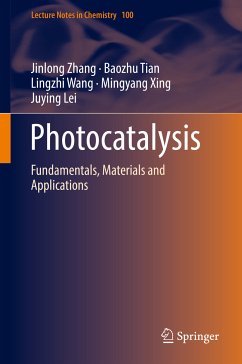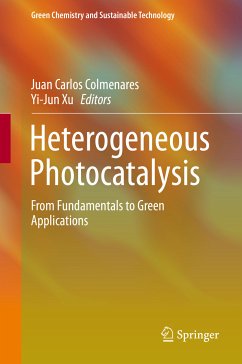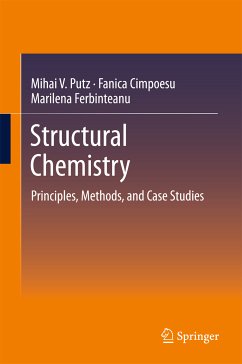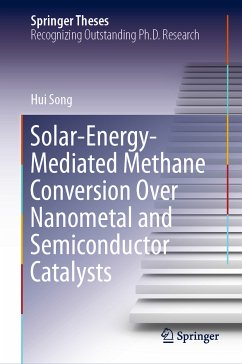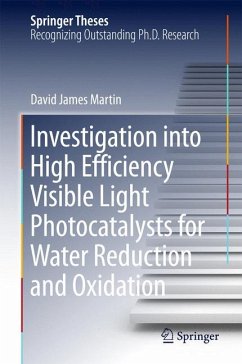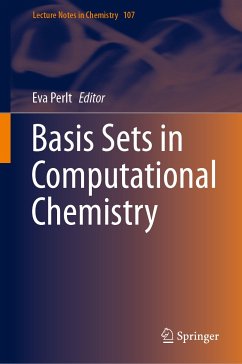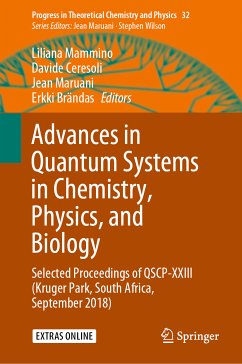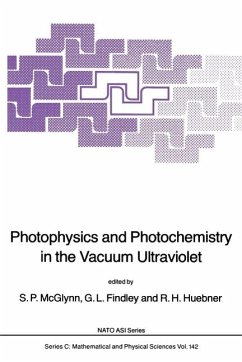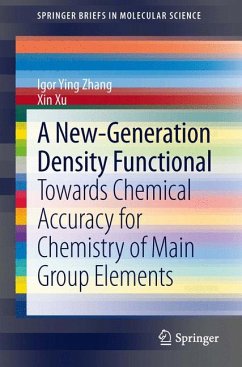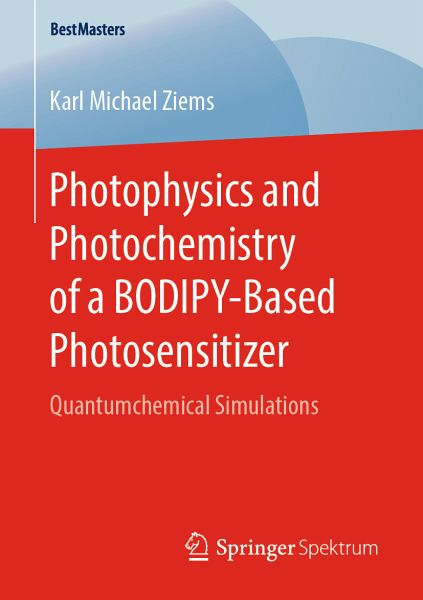
Photophysics and Photochemistry of a BODIPY-Based Photosensitizer (eBook, PDF)
Quantumchemical Simulations
Versandkostenfrei!
Sofort per Download lieferbar
40,95 €
inkl. MwSt.
Weitere Ausgaben:

PAYBACK Punkte
20 °P sammeln!
Karl Michael Ziems investigates a meso-mesityl-2,6-Iodine substituted Boron Dipyrromethene (BODIPY) dye regarding its functionality as photosensitizer in a two-component light-driven hydrogen evolution. The author uses quantum chemical calculations performed at the time-dependent density functional (TDDFT) and multi-state restricted active space perturbation theory through second-order (MS-RASPT2) level of theory. The light-induced processes associated with the formation of the active photosensitizer, i.e., by means of charge separation, as well as the population of undesired degradative pathw...
Karl Michael Ziems investigates a meso-mesityl-2,6-Iodine substituted Boron Dipyrromethene (BODIPY) dye regarding its functionality as photosensitizer in a two-component light-driven hydrogen evolution. The author uses quantum chemical calculations performed at the time-dependent density functional (TDDFT) and multi-state restricted active space perturbation theory through second-order (MS-RASPT2) level of theory. The light-induced processes associated with the formation of the active photosensitizer, i.e., by means of charge separation, as well as the population of undesired degradative pathways are elucidated. Hereby, the two proposed and investigated mechanisms are based on a heavy atom effect of iodine in the (excited) singlet/triplet manifold and preliminary reduction (of the dye) by a sacrificial electron donor and subsequent photoexcitation.
Dieser Download kann aus rechtlichen Gründen nur mit Rechnungsadresse in A, B, BG, CY, CZ, D, DK, EW, E, FIN, F, GR, HR, H, IRL, I, LT, L, LR, M, NL, PL, P, R, S, SLO, SK ausgeliefert werden.



